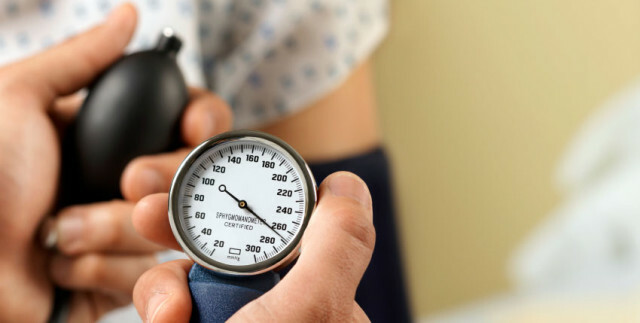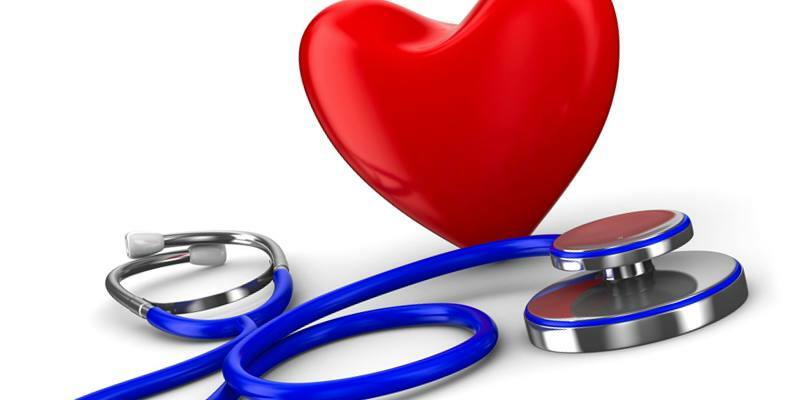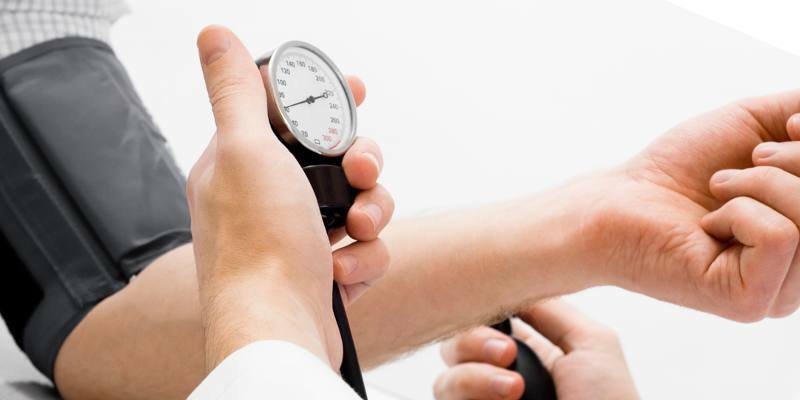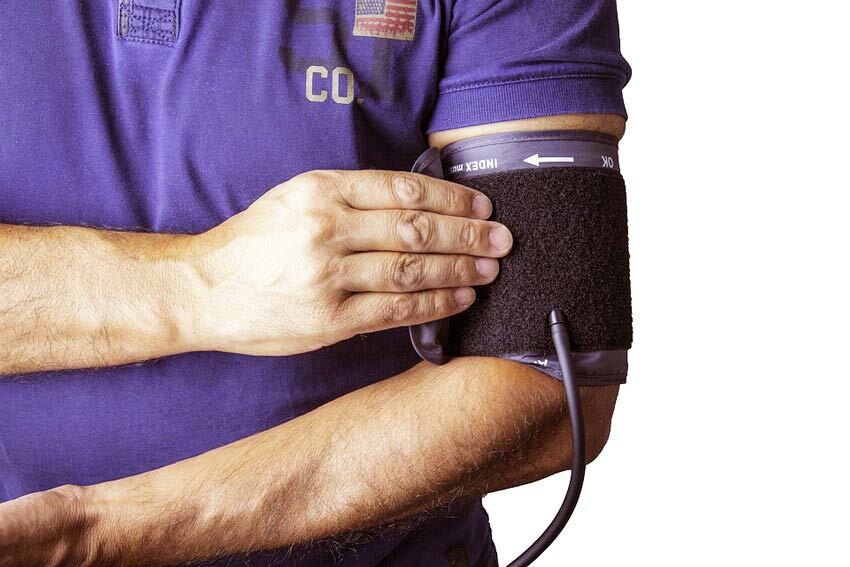
Page contents
- 1 What does upper and lower blood pressure mean?
- 2 Pressure figures: lower and upper - which means
- 3 As indicated by ADD
failure. By itself, blood pressure represents the stress with which blood presses against the vascular walls. But not everyone knows what upper and lower pressure means. To understand this issue, you need to know the general information about the physiological parameters of the tonometer.
AD is the most important indicator of a person's vital activity. In itself, it represents the flow of blood from the heart. The highest index of blood pressure is systolic pressure. The lowest index is diastolic. In different veins and capillaries, the pressure can vary. For example, if the vessel is too close to the heart muscle, the value of AD in it will be higher. Habitual procedure of measurement on the arm with the help of a tonometer shows the values in the artery of the shoulder. The norm is considered to be 120/80 mm Hg. Art. The first indicator is systolic pressure, the second - diastolic.
What does upper and lower blood pressure mean?

Systole is a heart contraction. The volume of blood moving along the body is thrown out for one systole and instantly reaches the smallest capillaries. Venous walls are resistant to moving blood. The higher this resistance, the higher the diastolic pressure. It corresponds to the moment when the myocardium is in the stage of relaxation.
Many people have either very low blood pressure or too high. At a very young age, a person can have low blood pressure values. In the elderly, on the contrary, they increase. For older people, this is the norm. A strong increase in blood pressure indicates a serious illness. Develops hypertension. Pathologically low pressure indicates hypotension.
Pressure figures: lower and upper - which means

Systolic pressure
Anyone who does not know what upper and lower pressure in humans means, it is necessary to have this information. The parameters of the tonometer are completely dependent on the contractions of the heart. Also, the force of organ reduction influences the value of the tonometer. The more often the heart beats, the higher the systolic pressure. The aorta and cardiac muscles also affect the blood pressure. The upper figure of pressure is formed from such factors:
- the force of the release of blood;
- stroke volume of the heart;
- heart rate;
- dilatability of the walls of the aortic vessel.
This is why top pressure is often called "heart".However, in its meaning, the role is played not only by the organ itself, but also by large vessels.
Diastolic pressure

Diastole is the relaxation of the heart muscle. The lower index of blood pressure is the diastolic pressure. It is affected by:
- permeability of peripheral vessels;
- heart rate;
- elasticity of the walls of veins and capillaries.
What do the bottom and top pressure values mean? The higher the diastolic pressure value, the lower the elasticity of the vessels. The indices indicate the tone of the heart muscle. This pressure affects the functioning of the kidneys. They throw into the bloodstream the substance of renin, which increases the tone of the vessels. Often doctors call lower pressure "renal."
As indicated by ADD
failure Sometimes pressure can go up for no apparent reason. But too high a figure indicates a serious pathology of blood vessels - hypertension. In addition, high blood pressure indicates problems with the heart and endocrine system. The doctor should determine the reasons for the increased values on the display of the blood pressure monitor.
Too low pressure usually accompanies various pathologies inside the body. With low blood pressure, the endurance and working capacity of a person are significantly reduced. Low indices indicate hypoxia - oxygen deficiency, as well as a slow process of gas exchange in the lungs. Too sharp drop in blood pressure is called a "collapse".He leads to a coma, and even to a lethal outcome.
Self-regulation of blood pressure without monitoring and specialist intervention is fraught with deterioration of the situation. At the races of blood pressure you need to urgently consult a doctor, go through the necessary diagnosis and begin treatment.
Arterial pressure shows the functioning of the circulatory system of a person. Any failure in it indicates problems in the cardiovascular system. As a rule, hypertension and hypotension are manifested by severe headache, general weakness, dizziness. Such a serious state of health requires medical attention. You should not self-medicate and yourself to knock down or increase blood pressure.
You can measure blood pressure with various devices. There are comfortable tonometers, automata, even a schoolboy will be able to cope with. It is also convenient to use a semi-automatic device. A habitual mechanical tonometer still prefer to use in the measurement of pressure many doctors and patients.
Low systolic and diastolic pressure

This variant indicates a decrease in the functioning of the heart muscle, a poor elasticity or tone of the veins, a decrease in the volume of circulating blood in the body. Most often, the situation is observed in women during menstruation with blood loss, - the fluid in the vessels decreases. Pathology is observed in such cases:
- a violation of the adrenal function and the kidneys themselves. If these organs poorly produce renin, then the arterial pressure in the vessels of the body decreases.
- protein fasting or anorexia - a condition in which the tone of small capillaries and large veins decreases, the amount of macroelements in the body decreases, the volume of blood decreases;
- Acute infections - an overabundance of toxins leads to a state of shock, which leads to a decrease in pressure.
Low systolic and high diastolic pressure
Sometimes it happens that the systolic pressure is normal, and the diastolic pressure is quite high. Such cases are observed when there is a violation of the kidneys, thyroid gland, adrenal glands. In the kidneys, a substance is produced that has a direct effect on the regulation of blood pressure.
Hormones of thyroid and adrenal glands produce substances that stimulate vasospasm - adrenaline and norepinephrine. In such situations, the diastolic pressure rises.
Feedback on the treatment of
for various pressure disorders, it is necessary to take drugs to regulate the indicators. You can not treat pressure jumps yourself. Me with a very high pressure helps the funds prescribed by the doctor - Indapamide and Chlortalidone.
With an indication of 150/120 mm Hg. Art.these drugs very well stabilize the pressure. I drank the pills strictly according to the doctor's prescription and adhered to the proper dose. The drugs helped restore blood pressure.
Victoria, 44 years old - Novosibirsk
never had a high blood pressure before and did not think at all that I would have to deal with the question - what does the upper and lower pressure mean. With age, the upper indicator began to grow steadily. Dizziness, headache.
I do not feel very well, but they save drugs. Good lowering of blood pressure Hypothiazide and Anaprilin. Their action is aimed at stabilizing the pressure. The indices of pressure must be corrected by medicines.
This prevents the occurrence of a stroke and a heart attack. Drugs reduce the risk of death in hypertension.
Boris, 52 years old - Samara



